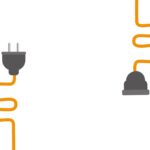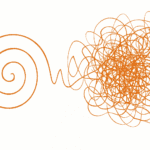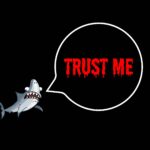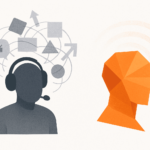My love for the printed book – rekindled
Three years ago it seemed a no-brainer: the e-book would kill the printed book. I joined the revolution early, buying dozens of books both on an e-reader and for mobile apps. My conversion looked complete.
Early this year, though, I pulled the brake and did a u-turn. I am back to print with a bang, buying good old-fashioned dead-tree books by the kilogram. I’ve even bought several to replace the purchases languishing unread on my e-reader, thereby doubling the cost. But it’s worth it.
I am not alone. The wider e-book market, after showing explosive growth since 2008, has experienced a dramatic dampening. Electronic books were expected to wipe the floor with their printed predecessors and take the bulk of the market. The difficulties faced by traditional bookshops around the world, including some of the largest and most prominent chains, reinforced the conclusion that pixels would beat paper.
The advantages of the e-book are enormous, after all. Buying them is instantaneous: no need to force one’s way through traffic and throngs to go to a bookshop; just click to buy and download in seconds. Thousands of books can be kept stored on a single convenient device. E-books are searchable and provide convenient links to dictionaries and related information. For avid readers living in Kenya, hardly a book-lover’s paradise, getting hold of uncommon books quickly is a big deal.
So what went wrong in the e-revolution? Why am I back to spending long hours at my favourite bookshop, and packing many extra kilos of printed pleasure in my holiday suitcase?
The answer is simple. The printed book also has inherent advantages that the pixellated one simply cannot match. First, there is the tactile pleasure of holding, even caressing, a well-bound book. Second, for the bibliophile, books are individual, almost living entities; piling them up in a single device kills their singularity and unique personality. Third, the mind seems to comprehend a sequence of written words better when it sees the spatial progression in full, rather than just flipping virtual pages. And lastly, an array of books on a device offers nothing like the same pleasure as gazing upon great works on a shelf.
The e-book is a thing of utility; the printed book is a thing of beauty.
That’s why the e-book has shown a levelling off, currently settling at about a quarter of the total book market. The early adopters all piled in, but there weren’t many others following. A major price drop would be needed for e-books to recover their former trajectory in mature markets, or make inroads in emerging ones.
Please understand: this is not to dismiss the utility and value of the electronic book: it is a wonderful invention, one that will still revolutionize reading in many markets, not least in less-developed nations where the ability to get weightless, multimedia textbooks into so many young hands at low cost may well prove transformational. And e-books have broken the stranglehold of traditional, archaic publishers and stimulated fresh new writing. All good things.
Nonetheless, just like television did not kill radio, e-books may not kill their printed forebears. These are likely to be complementary technologies. To a certain type of reader, or for a certain type of reading, electronic reading beats print hands down. But for the committed book-lover who builds deep emotional bonds with much of what she reads, a beautifully bound book with a tastefully intriguing cover and paper that’s wonderful to the touch – that’s another matter altogether.
I remain a committed user of the latest technology, and my reading of newspapers and magazines went heavily electronic long ago. Perhaps books just have a different pull, and I return to my old flame with a happy heart. If you agree, go out and buy some books tomorrow. Printed ones.

Buy Sunny Bindra's new book
The X in CX
here »
Popular Posts
- The pause that saves usJune 8, 2025
- The first push is the hardestJune 1, 2025
- How to spot a real thinkerJune 15, 2025
- Built the app, forgot the flowJune 22, 2025
- How to ruin what you loveMay 25, 2025















